
93% of you are losing in markets | On a mission to simplify investing, economy and share my mistakes that will protect your hard-earned money | info@stockifi.in
30 subscribers
How to get URL link on X (Twitter) App

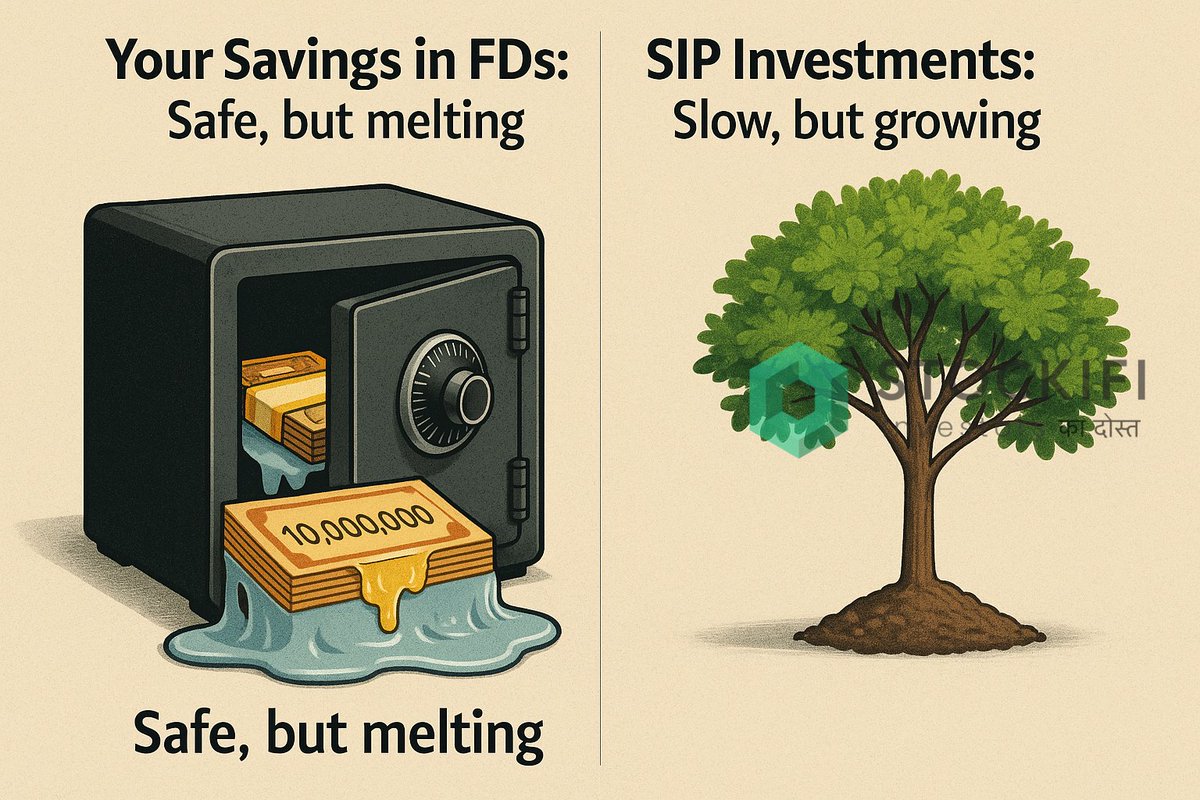
 Let’s run the real numbers.
Let’s run the real numbers.
 For decades, India’s biggest groups ran like empires.
For decades, India’s biggest groups ran like empires.
 Covid: Debt-to-GDP crossed 60%
Covid: Debt-to-GDP crossed 60%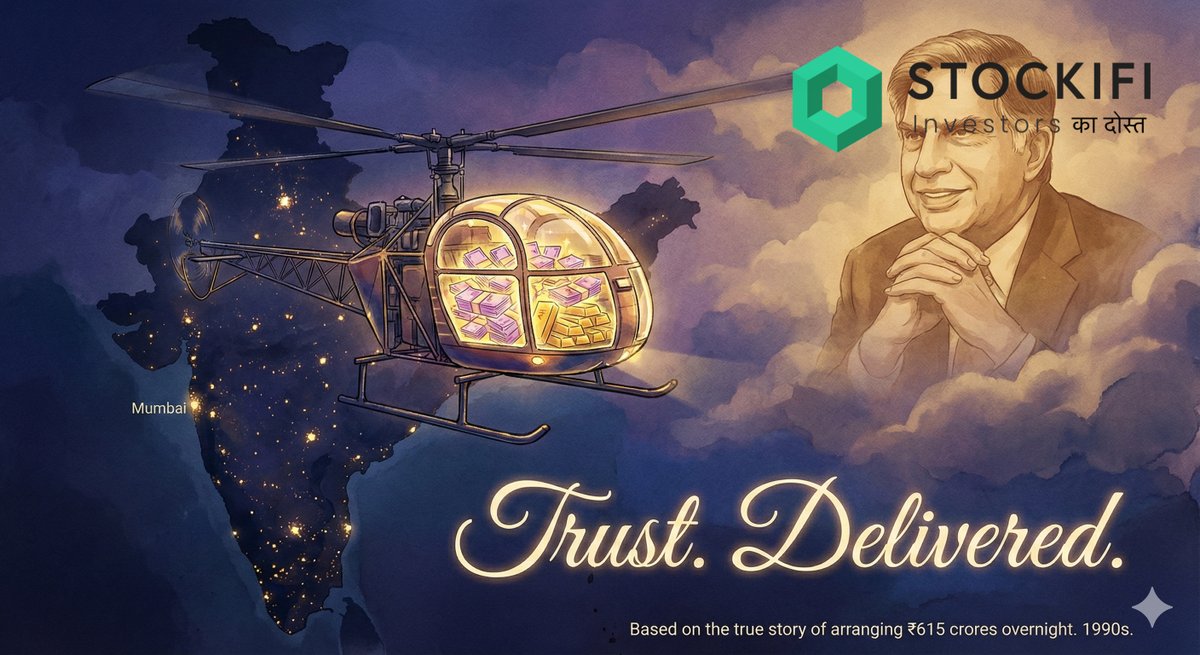
 At the heart of the collapse: a man named Dilip Pendse.
At the heart of the collapse: a man named Dilip Pendse.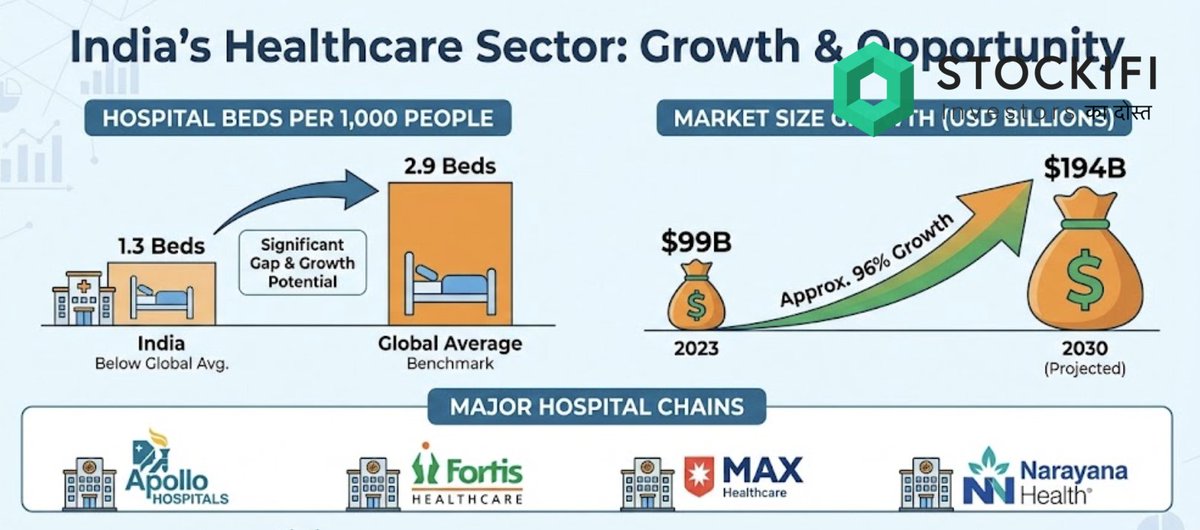
 1. Hospitals are not beds. They’re monopolies in disguise.
1. Hospitals are not beds. They’re monopolies in disguise.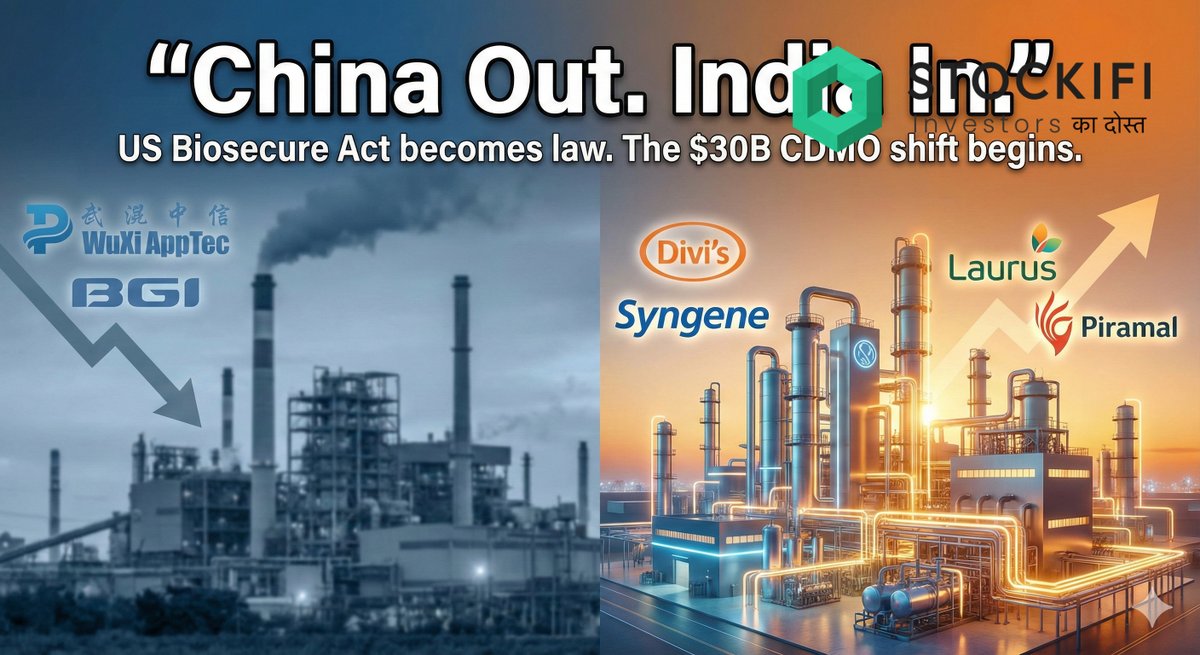
 A CDMO is like a pharma factory-for-hire.
A CDMO is like a pharma factory-for-hire.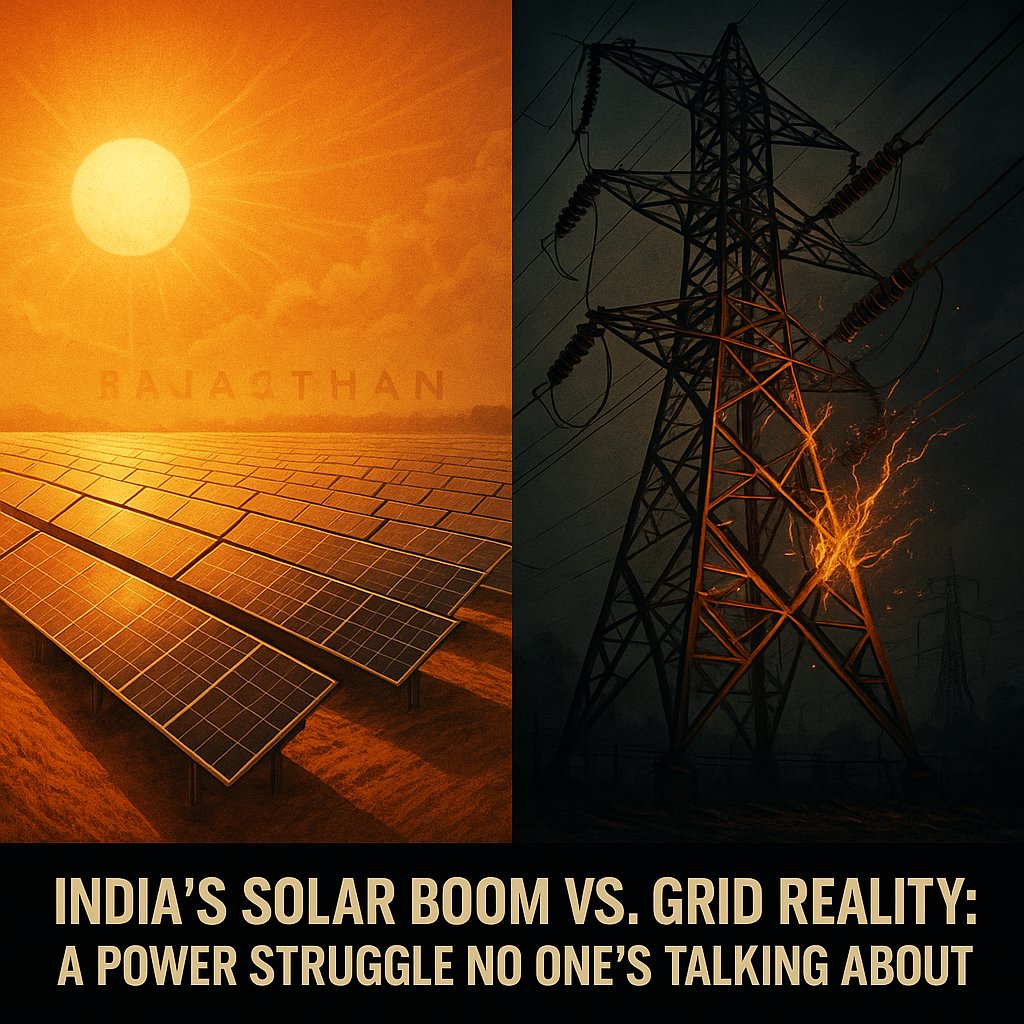
 Imagine thousands of trucks lined up on a highway, loaded with gold.
Imagine thousands of trucks lined up on a highway, loaded with gold.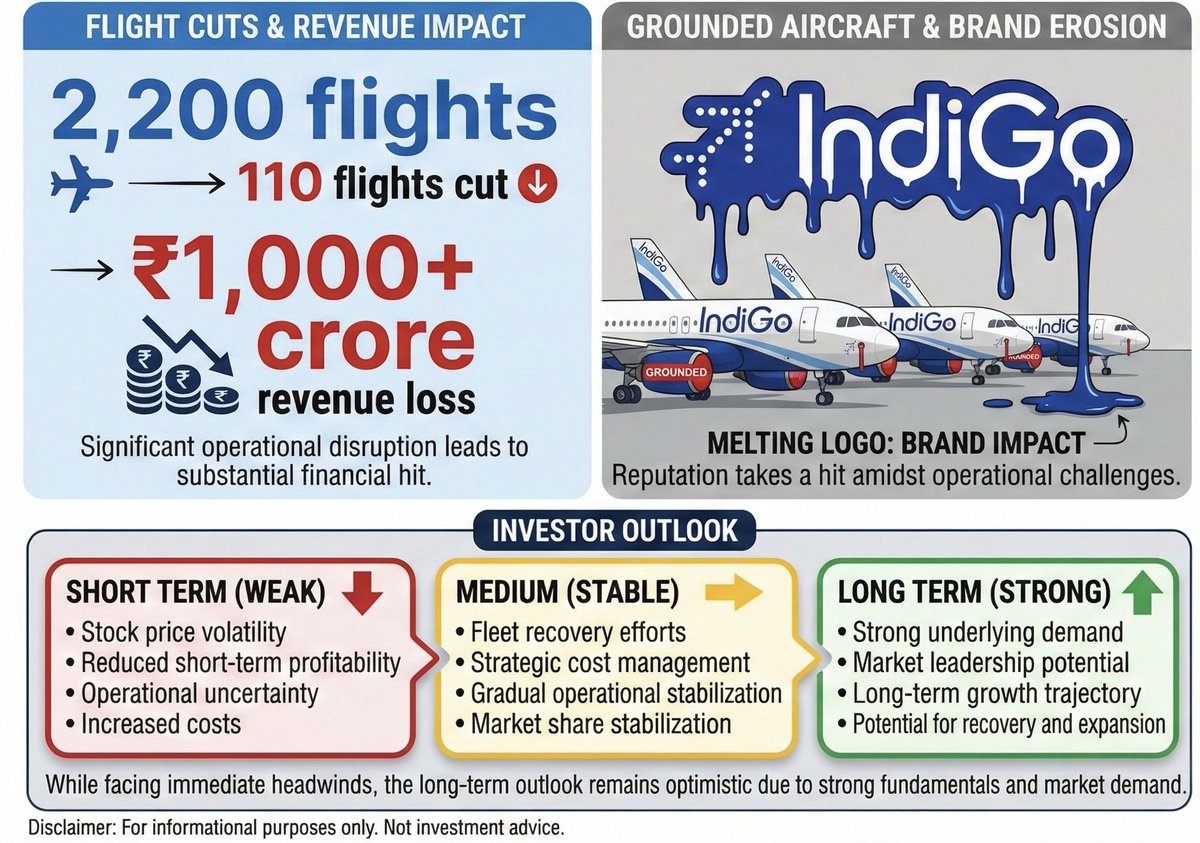
 Each domestic flight brings in ₹30–40 lakh.
Each domestic flight brings in ₹30–40 lakh.
 Step 1: Enter With a Controlled Explosion
Step 1: Enter With a Controlled Explosion
 In 2015, India made a decision that barely made headlines.
In 2015, India made a decision that barely made headlines.
 Here’s what just happened:
Here’s what just happened:
 Think of Tank Terminals as India's underground oil & gas backbone.
Think of Tank Terminals as India's underground oil & gas backbone.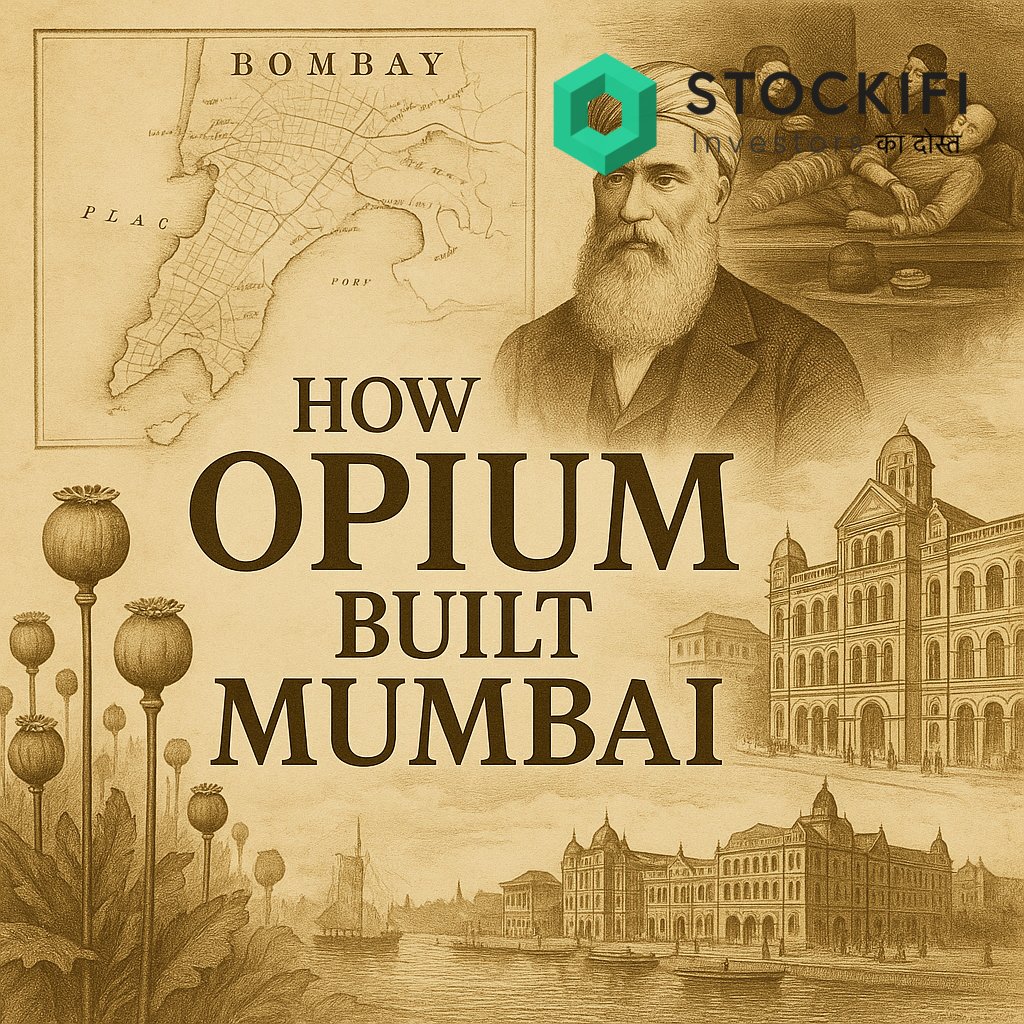
 By the 1820s, Britain had a problem:
By the 1820s, Britain had a problem: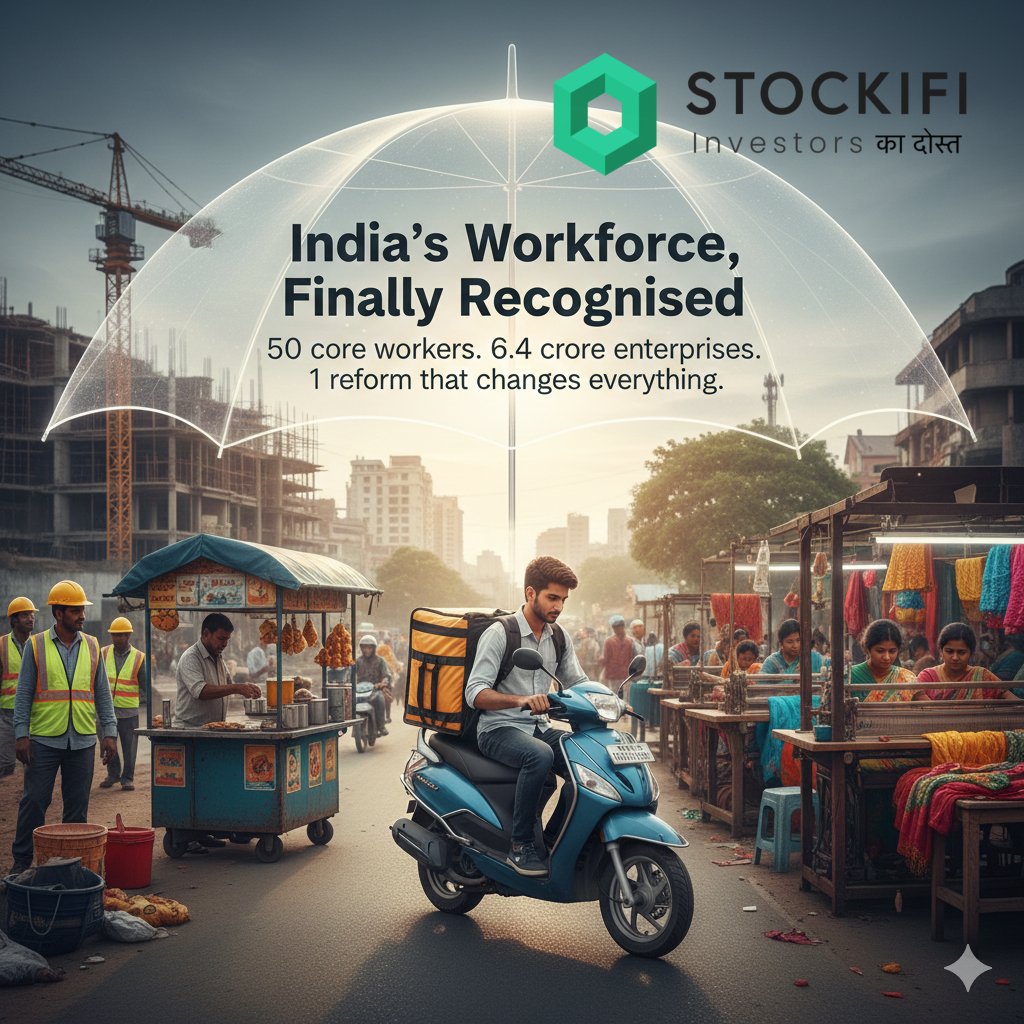
 Why this matters
Why this matters
 1930s
1930s 
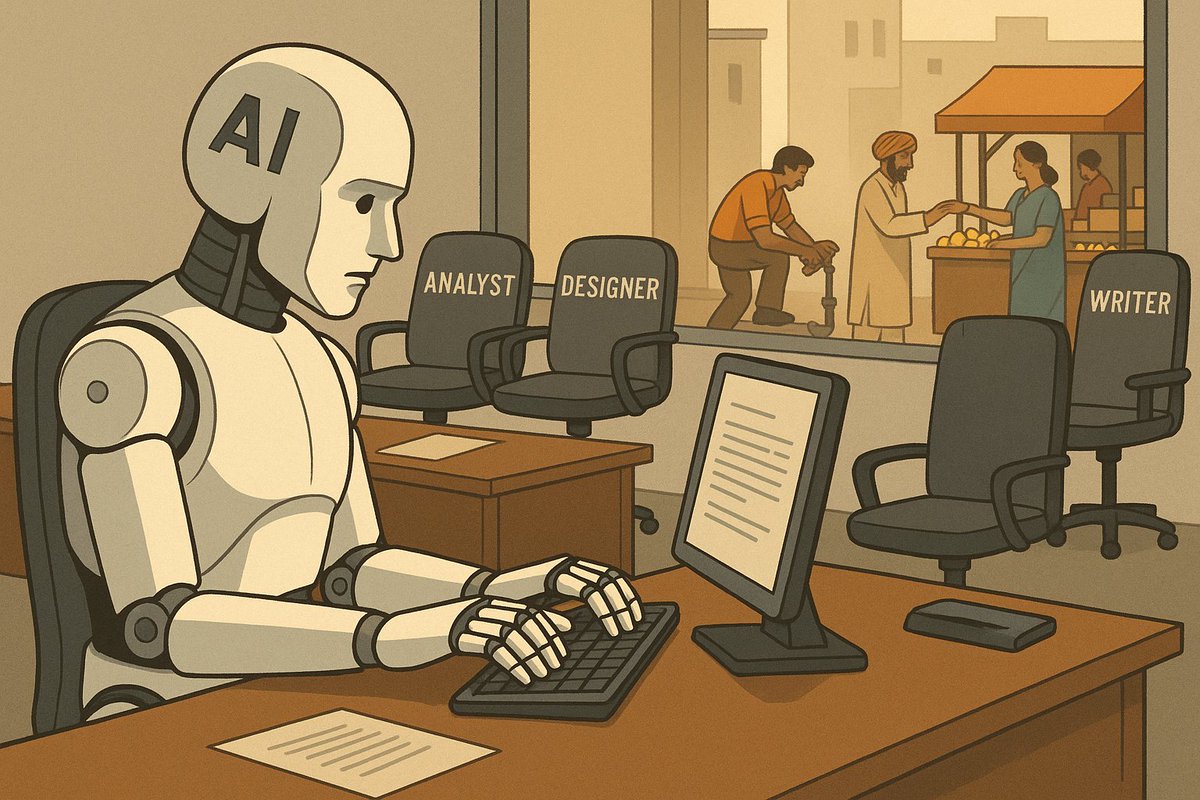
 India’s $250 billion IT-BPO industry is built on solving foreign digital problems with Indian digital talent.
India’s $250 billion IT-BPO industry is built on solving foreign digital problems with Indian digital talent.
 Enter: Zepto Super Mall
Enter: Zepto Super Mall
 Early 1980s.
Early 1980s.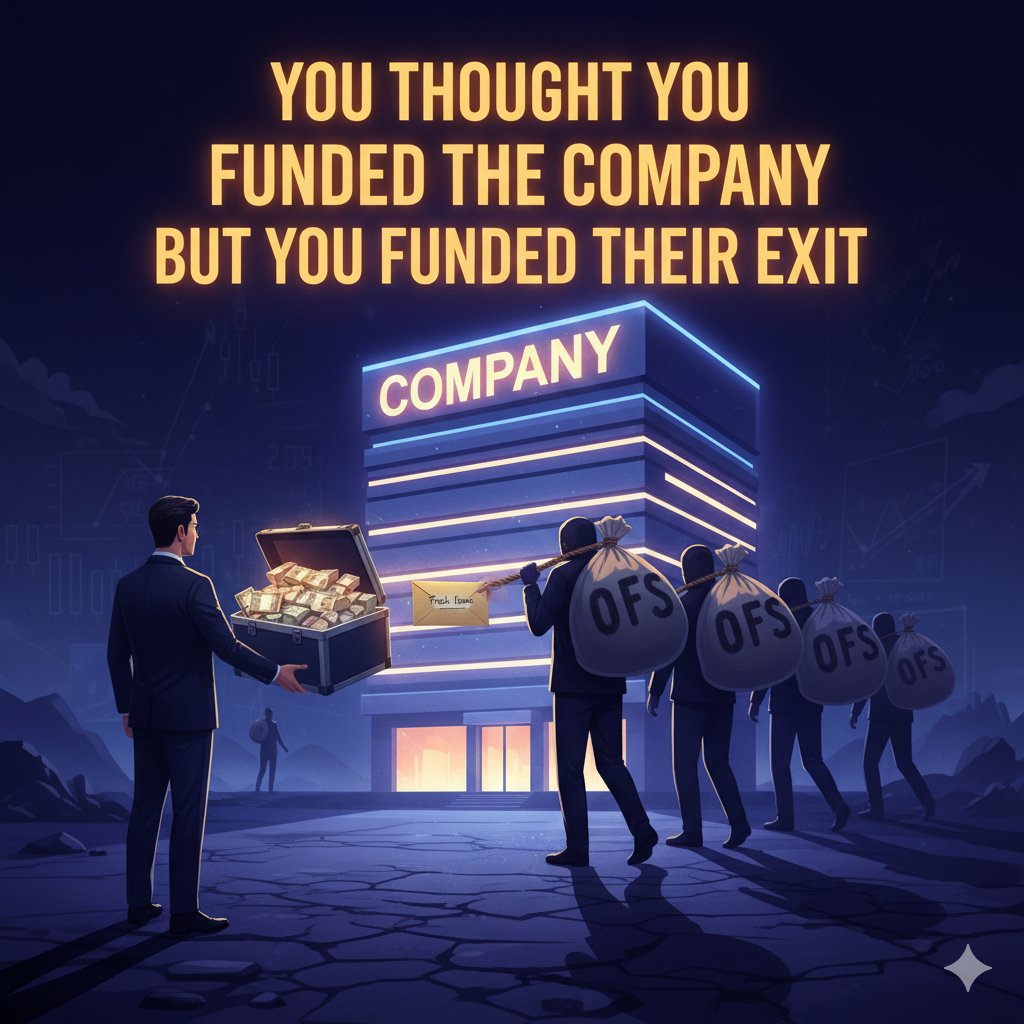
 IPO = Initial Public Offering
IPO = Initial Public Offering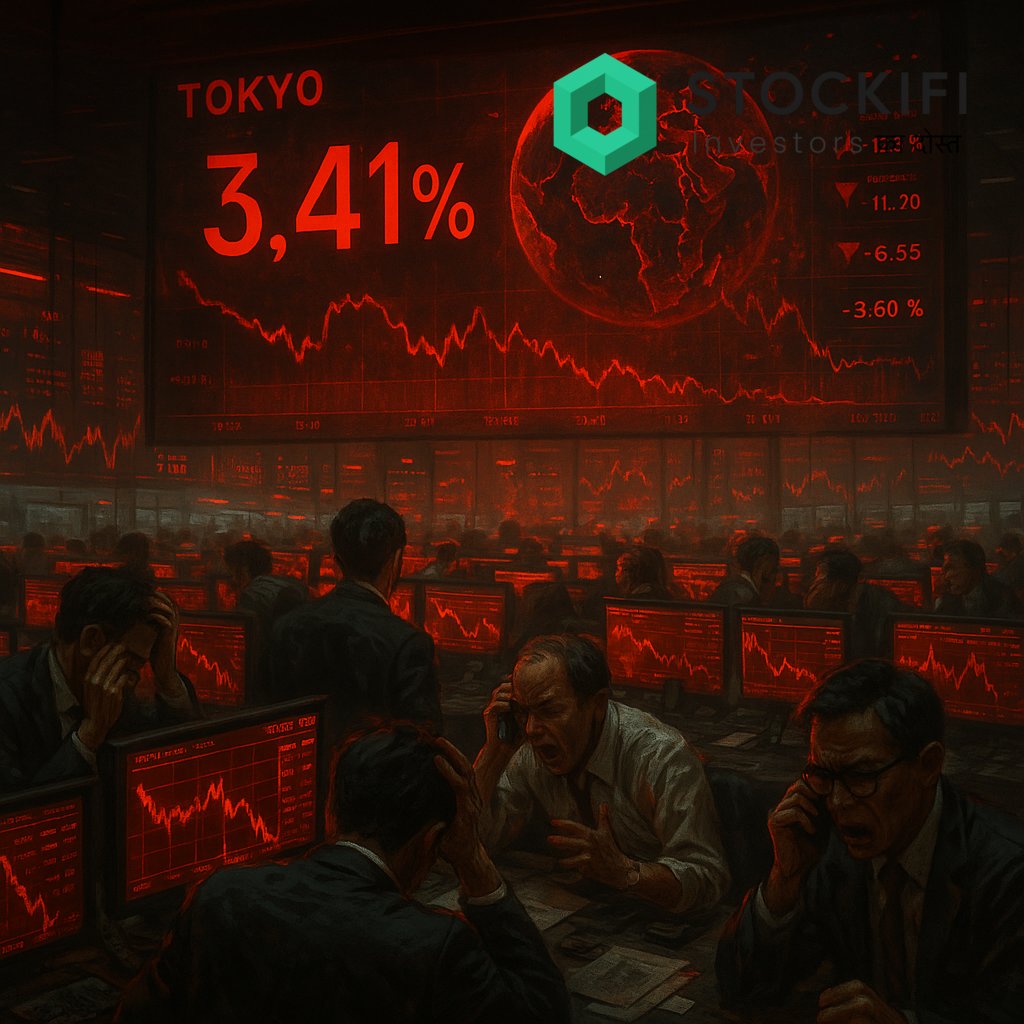
 What changed?
What changed?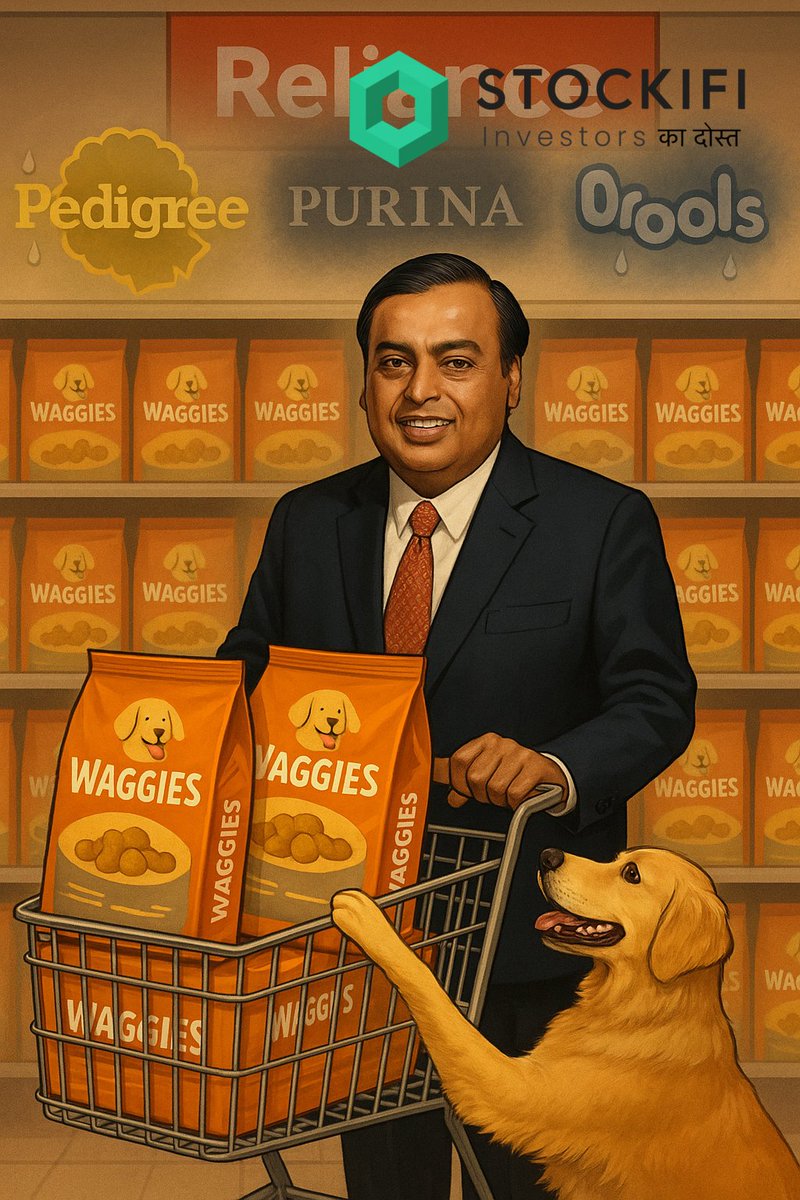
 Reliance has just launched Waggles (branded as Waggies)—a full-stack pet food brand.
Reliance has just launched Waggles (branded as Waggies)—a full-stack pet food brand.